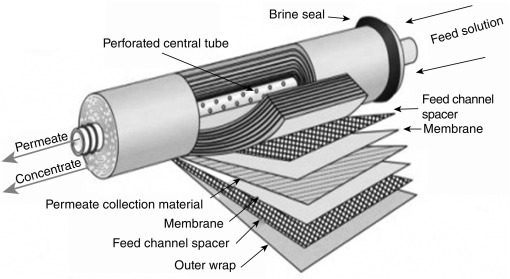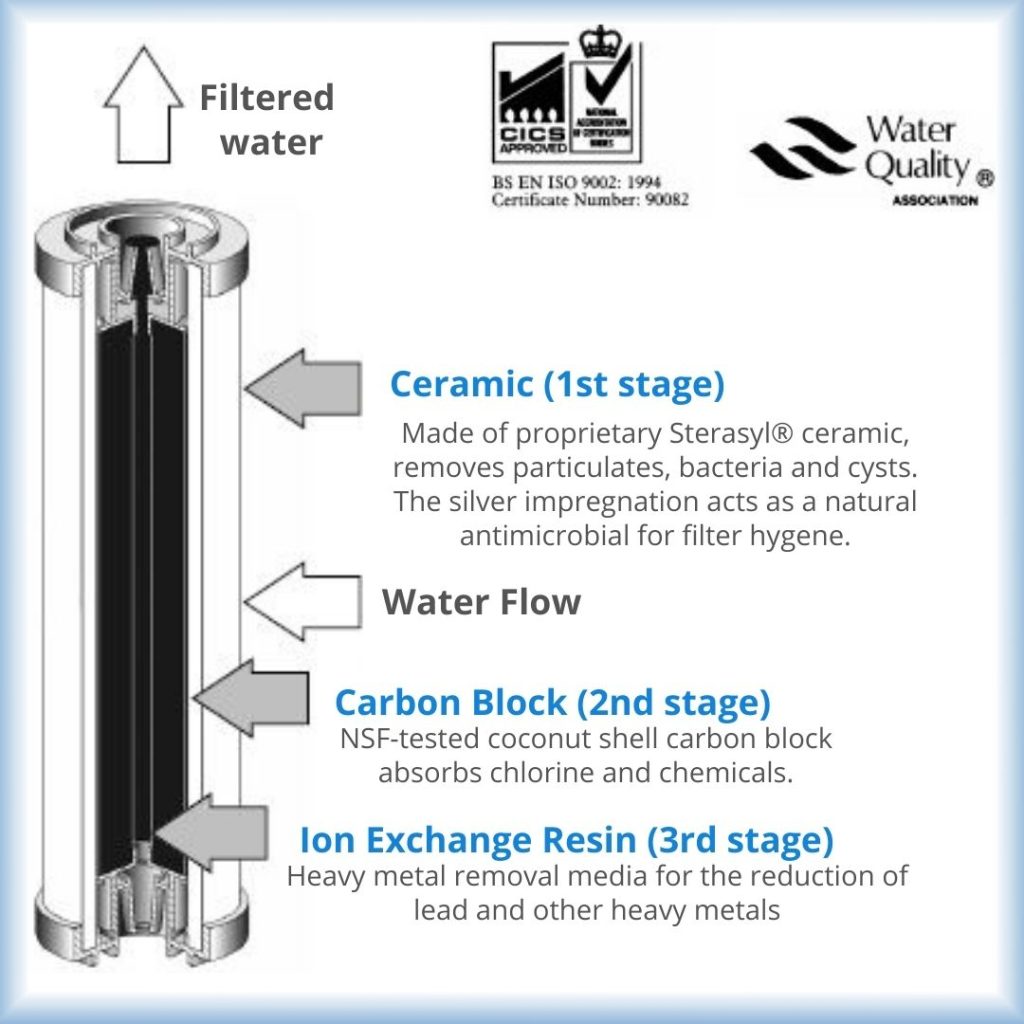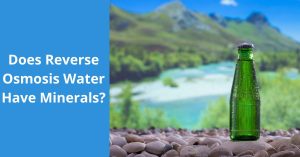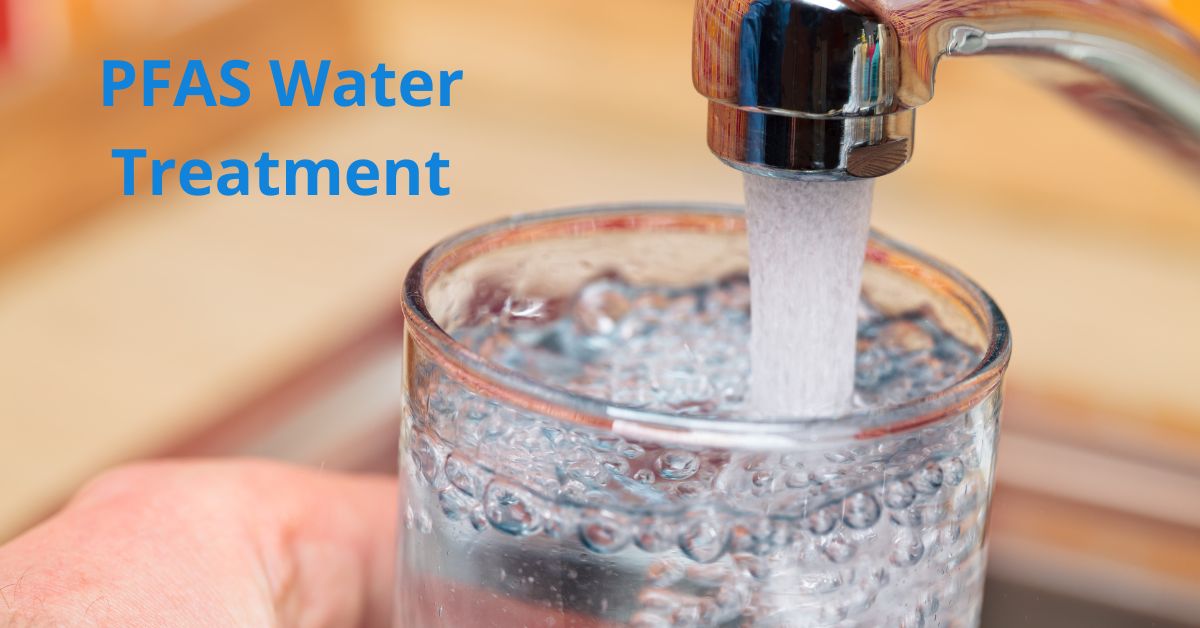
PFAS Water Treatment
As someone passionate about clean water and my family’s health, I’ve been closely following the recent growing concern over PFAS contamination in our water supplies. These “forever chemicals” have become a hot topic, and for good reason. They’re persistent, potentially harmful, and unfortunately, all too common in our environment. But here’s the good news: we’re not powerless against PFAS. In this post, I’ll share what I’ve learned about PFAS water treatment, including some effective methods for removing these stubborn contaminants from our drinking water.
What are PFAS?
Before we dive into treatment methods, let’s take a moment to understand what we’re dealing with. Since the 1940s, various industries have used PFAS, or per- and polyfluoroalkyl substances, a group of man-made chemicals. Everything from non-stick cookware and water-repellent clothing to firefighting foam and food packaging contains them. Even tooth floss!
The problem with PFAS is that they don’t break down easily in the environment or in our bodies. This persistence has earned them the nickname “forever chemicals.” Over time, PFAS can accumulate in our bodies and potentially cause health issues. Some studies have linked PFAS exposure to health effects like increased cholesterol levels, impacts on infant birth weights, effects on the immune system, cancer, and thyroid hormone disruption.
How do PFAS get into our water?
PFAS can enter our water supplies through various routes. PFAS contamination can originate from industrial sites, military bases that frequently use firefighting foam, and landfills. Surface runoff can carry these chemicals into rivers and lakes, or they can seep into groundwater. Unfortunately, traditional water treatment plants aren’t always equipped to remove PFAS effectively, which is why home filtration has become such an important topic.
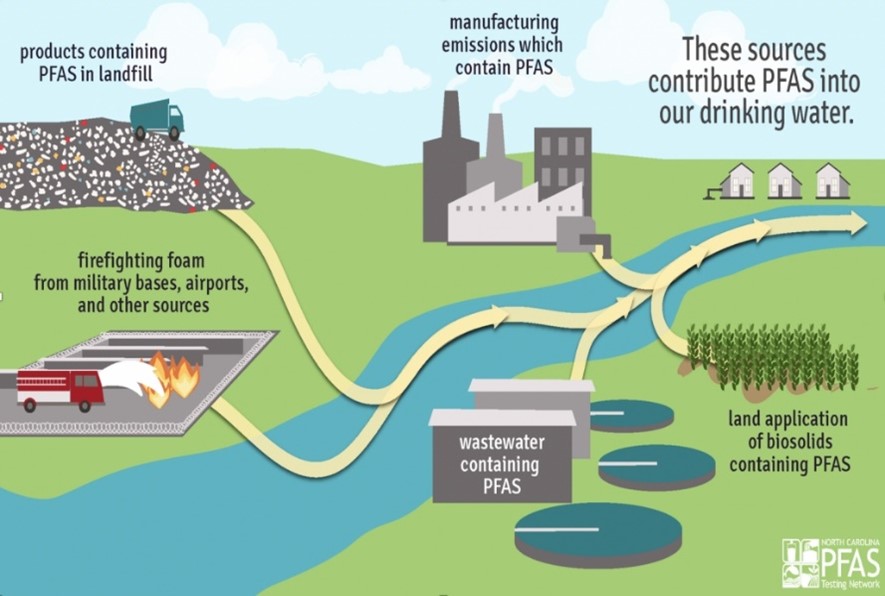
Source: watermanaustralia.com (https://watermanaustralia.com/product/pfas-removal-plants-pfas-treatment/)
What removes PFAS from water?
According to the US Environmental Protection Agency (EPA), the most effective methods for removing PFOS and PFOA (two of the most common types of PFAS) from drinking water are:
- Granular activated carbon (GAC) filters
- Ion exchange resins
- Reverse osmosis systems
Scientific research and real-world testing support these suggestions. These methods each have pros and cons, so the best one may depend on your situation. You will find all those methods in our range of PFAS water filters.
Let’s break down how each of these methods works:
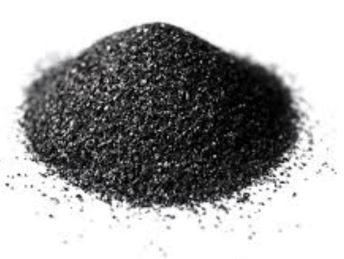
Granular Activated Carbon (GAC): This is a type of carbon that undergoes processing to create small, low-volume pores, thereby increasing the surface area available for adsorption. When water passes through a GAC filter, PFAS molecules stick to the surface of the carbon particles, effectively removing them from the water.
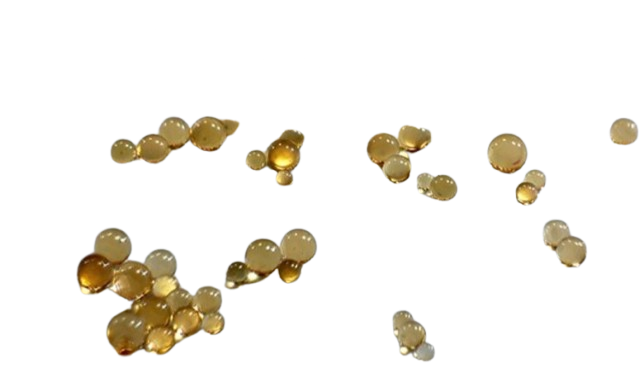
Ion Exchange Resins: These are small beads made of a special material that can exchange ions with contaminants in the water. For PFAS removal, anion exchange resins are used. These resins have a positive charge that attracts the negatively charged PFAS molecules, trapping them while letting the clean water pass through.
Reverse Osmosis (RO): This method uses a semi-permeable membrane to remove contaminants from water. The membrane has tiny pores that allow water molecules to pass through but block larger molecules like PFAS. RO systems can remove a wide range of contaminants, including PFAS, making them a popular and safe choice for comprehensive water treatment.
And here’s something really exciting I’ve discovered in my research: the Doulton Ultracarb Water Filter Cartridge. Independent testing for PFAS removal has yielded impressive results for this filter. What makes it so effective? It actually combines two of the EPA-recommended methods: activated carbon and ion exchange resin, potentially offering a comprehensive approach to PFAS removal.
The Ultracarb filter uses a multi-stage filtration process. First, water passes through a ceramic outer shell that removes larger particles and bacteria. Then, it flows through an activated carbon block that adsorbs chemical contaminants, including PFAS. Finally, the water passes through an ion exchange resin that captures any remaining PFAS molecules. This combination of technologies makes the Ultracarb filter highly effective at removing a wide range of contaminants, including those pesky forever chemicals.
Now, I know what you might be thinking: “That sounds great, but how can I actually use this filter in my home?” Well, I’ve got good news for you. The Doulton Ultracarb cartridge is used in several water filter systems, including:
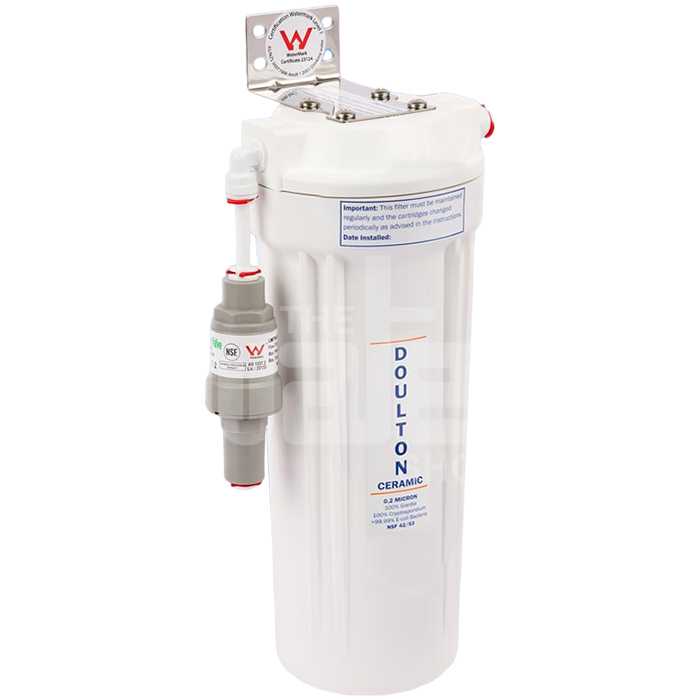
- Doulton Single Countertop Water Filter
- Doulton Twin Countertop Water Filter
- Doulton Single Under Sink Water Filter
- Doulton Twin Undersink Water Filter
These options give you flexibility in choosing a system that fits your space and needs, whether you prefer a countertop model or an under-sink installation. The countertop models are great if you’re renting or don’t want to make any changes to your plumbing, while the under-sink models provide a more permanent and out-of-sight solution.
But what if you’re considering other options, like reverse osmosis systems? Reverse osmosis (RO) is another highly effective method for removing PFAS, and there are several types of RO systems available for home use:
Countertop Reverse Osmosis Water Filter
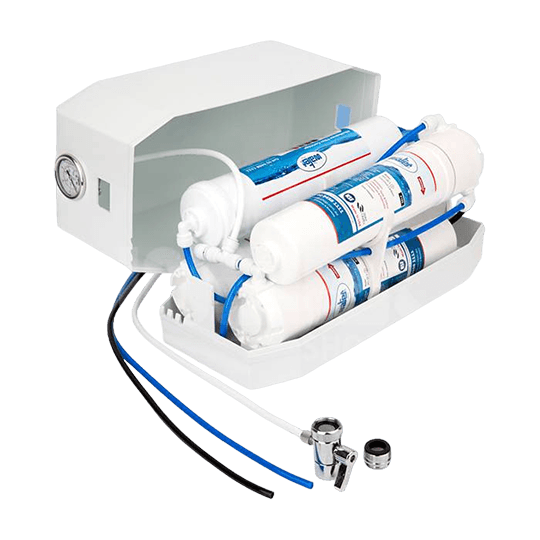
Undersink Reverse Osmosis Water Filter
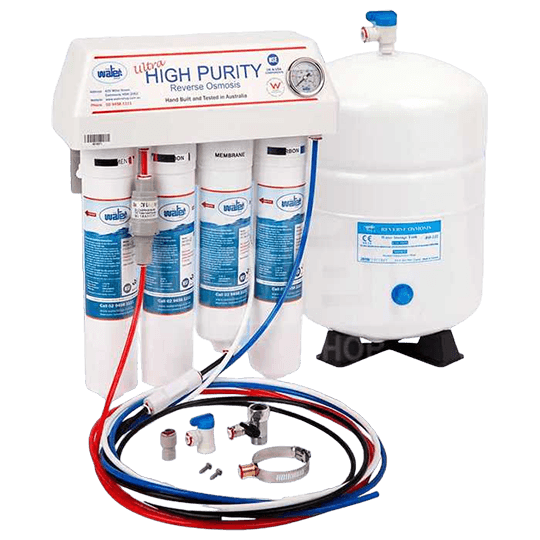
Each of these systems has its own advantages, and the right choice depends on factors like your water quality, space constraints, and filtration needs. For example, a 3-stage RO system might be sufficient for treating city water, while a 5-stage system could be better for bore water that might have more contaminants.
When choosing a water filtration system, it’s important to consider not just its effectiveness against PFAS, but also its overall performance, maintenance requirements, and cost. Some systems might require more frequent filter changes or have higher operating costs.
These filtration methods are effective, but they don’t substitute for addressing the root cause of PFAS contamination. It’s crucial that we continue to push for stricter regulations on PFAS use and proper disposal to prevent these chemicals from entering our water supplies in the first place.
Here I dive deeper into how to choose the right PFAS removal system for your home and some tips for maintaining your water filter to ensure it continues to protect you and your family from and what you should consider when choosing a PFAS removal system for your home. Stay tuned for more!

